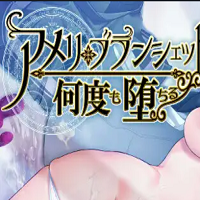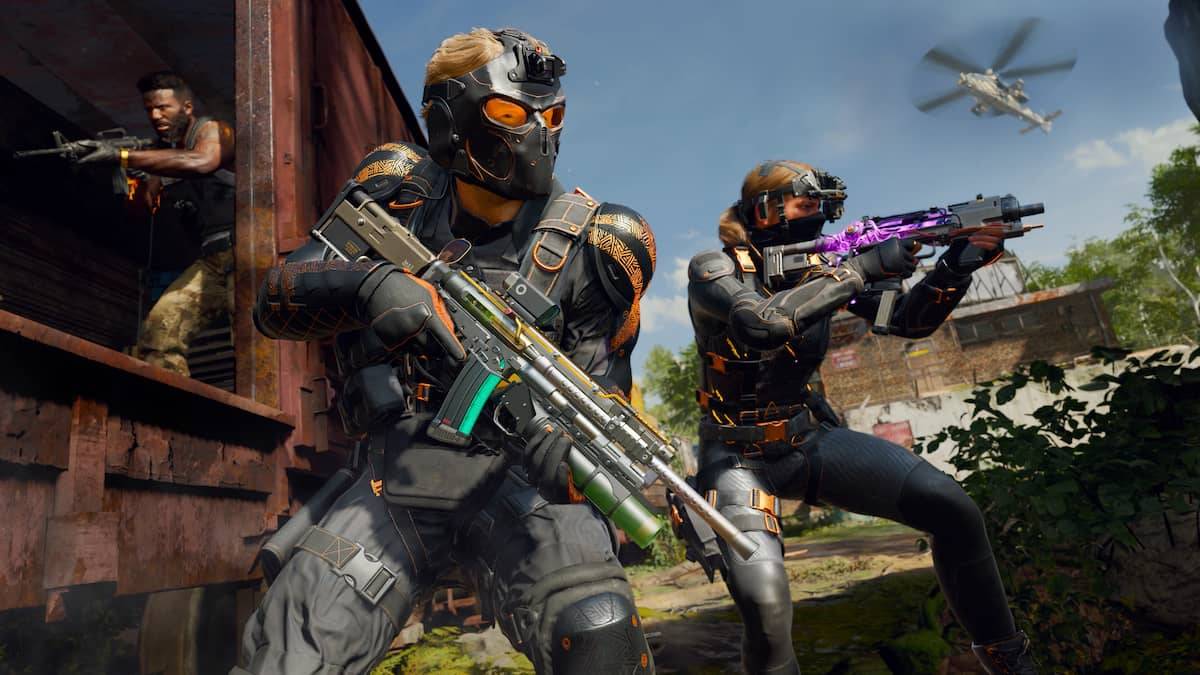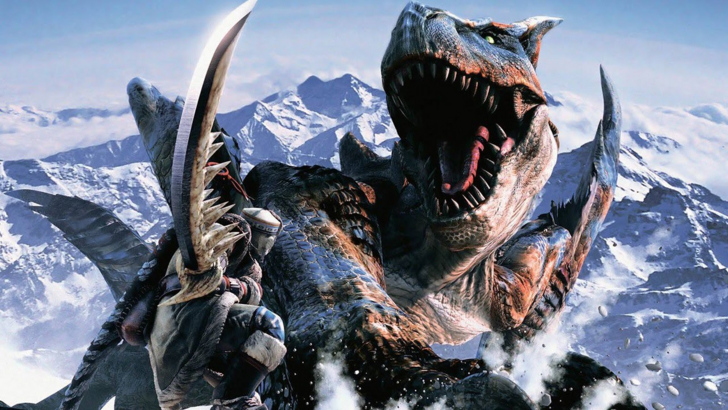 Monster Hunter's renowned for its diverse weapon arsenal and captivating gameplay. But did you know even more weapons exist, absent from recent titles? This exploration delves into the history of Monster Hunter weaponry.
Monster Hunter's renowned for its diverse weapon arsenal and captivating gameplay. But did you know even more weapons exist, absent from recent titles? This exploration delves into the history of Monster Hunter weaponry.
← Return to Monster Hunter Wilds' main article
A Look Back at Monster Hunter Weaponry
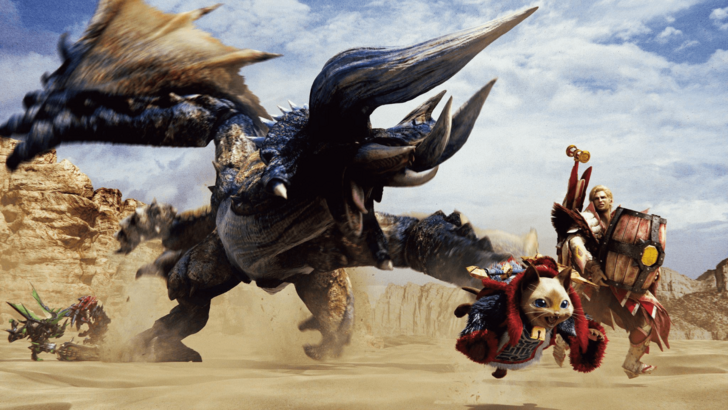 Monster Hunter boasts a rich history, spanning over two decades since its 2004 debut. A key element is its varied weapon selection. Monster Hunter Wilds offers fourteen distinct weapon types, each possessing unique strengths, weaknesses, movesets, and mechanics.
Monster Hunter boasts a rich history, spanning over two decades since its 2004 debut. A key element is its varied weapon selection. Monster Hunter Wilds offers fourteen distinct weapon types, each possessing unique strengths, weaknesses, movesets, and mechanics.
The evolution of weapons is striking, particularly the Great Sword, vastly different from its initial iteration. Furthermore, several older weapons, never released in the West, remain. Let's examine Monster Hunter's weapon history.
First Generation Weapons
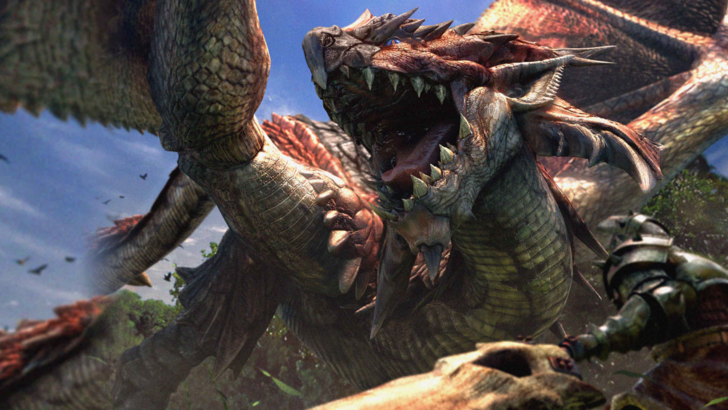 These weapons debuted in the original Monster Hunter and its variants. They've endured, evolving with enhanced movesets and mechanics.
These weapons debuted in the original Monster Hunter and its variants. They've endured, evolving with enhanced movesets and mechanics.
Great Sword
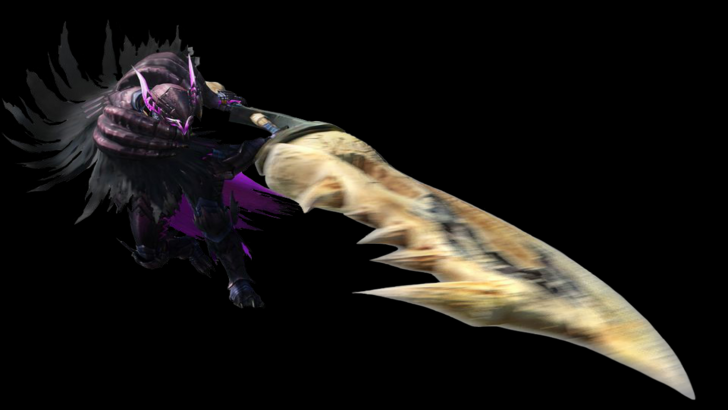 The franchise's iconic powerhouse, the Great Sword, debuted in 2004. Its high damage comes at the cost of slow attacks and movement. The blade can even function as a shield, albeit at a stamina cost.
The franchise's iconic powerhouse, the Great Sword, debuted in 2004. Its high damage comes at the cost of slow attacks and movement. The blade can even function as a shield, albeit at a stamina cost.
Initially, gameplay revolved around hit-and-run tactics. While combos were possible, slow animations made them less practical. A unique aspect was increased damage from strikes to the blade's center.
Monster Hunter 2 introduced the Charged Slash, a defining move with three charge levels, drastically increasing damage. This remains a core element of the weapon.
Subsequent games built upon the charge mechanic, adding finishers and smoother combos. Monster Hunter World's shoulder tackle allowed for quicker charged attacks.
The Great Sword offers a low skill floor, high skill ceiling. Mastering it requires maximizing damage through precise timing of the True Charged Slash.
Sword and Shield
 The Sword and Shield embodies versatility. While individual strikes deal moderate damage, it compensates with quick combos, blocking, mobility, and utility. Initially considered a beginner weapon, its complexity has grown.
The Sword and Shield embodies versatility. While individual strikes deal moderate damage, it compensates with quick combos, blocking, mobility, and utility. Initially considered a beginner weapon, its complexity has grown.
Early gameplay focused on swift slashes and mobility. Monster Hunter 2 allowed item use without sheathing.
Later iterations expanded the moveset, including the shield bash (Monster Hunter 3), backstep and jumps (Monster Hunter 4), and Perfect Rush/aerial finishers (Monster Hunter World/Rise).
Despite its short range and moderate damage, the Sword and Shield is a jack-of-all-trades, boasting infinite combos, quick attacks, evasiveness, powerful finishers, and a reliable block. Its depth is often underestimated.
Hammer
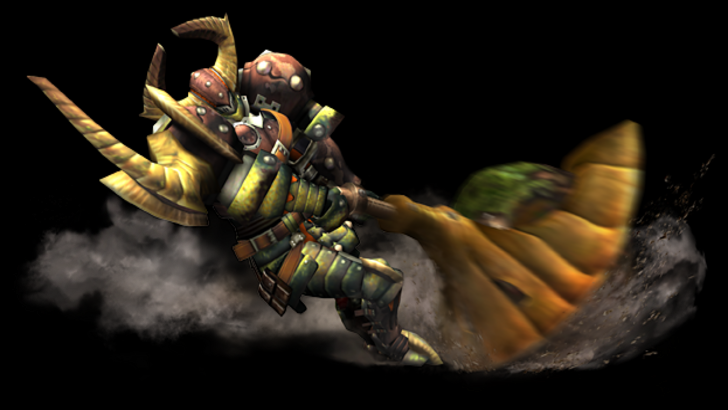 One of two blunt weapons (unable to sever tails), the Hammer excels at breaking parts, particularly heads, leading to KOs (Monster Hunter 2 onwards).
One of two blunt weapons (unable to sever tails), the Hammer excels at breaking parts, particularly heads, leading to KOs (Monster Hunter 2 onwards).
Its gameplay resembles the Great Sword's hit-and-run style, but with surprisingly high mobility and no blocking. Its unique charge mechanic allows movement while charging.
The moveset remained largely unchanged until Monster Hunter World/Rise, introducing the Big Bang and Spinning Bludgeon, enhancing its offensive capabilities.
Two modes, Strength and Courage, were added, altering charge attacks and effects. Effective use requires mode switching based on the monster.
The Hammer's objective is straightforward: target the head for KOs, enabling devastating charged attacks or combo finishers.
Lance
 Embodying "defense is the best offense," the Lance utilizes its reach and large shield for defense. The shield blocks most attacks, and with proper skills, even unguardable ones. Despite limited mobility and attacks, its damage output is considerable.
Embodying "defense is the best offense," the Lance utilizes its reach and large shield for defense. The shield blocks most attacks, and with proper skills, even unguardable ones. Despite limited mobility and attacks, its damage output is considerable.
Gameplay is akin to outboxing—poking from a distance while shielded. Main attacks include forward and upward thrusts, chainable up to three times. A counter mechanic was added. Running charge and shield bash attacks close the distance.
Often perceived as "boring," the Lance rewards a steadfast defensive approach, unlike the more evasive styles of other weapons. While the Gunlance offers similar defense, the Lance surpasses it.
Light Bowgun
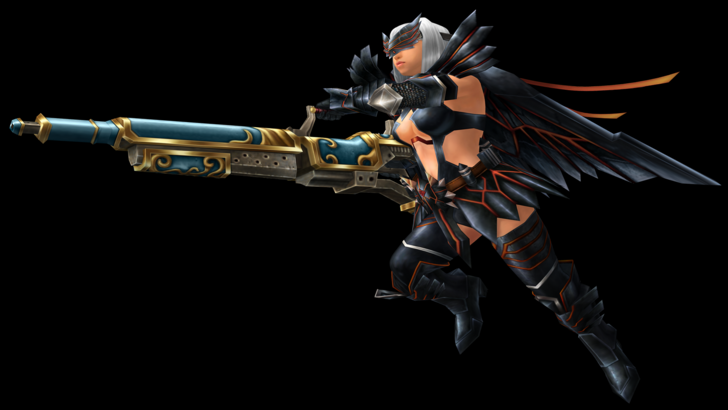 A ranged weapon from the first generation, present in every game. Its smaller size grants superior mobility and faster reload speeds compared to its heavier counterpart.
A ranged weapon from the first generation, present in every game. Its smaller size grants superior mobility and faster reload speeds compared to its heavier counterpart.
Its mobility comes at the cost of limited ammunition and firepower. Customization options include barrels, silencers, and scopes.
The Light Bowgun compensates for weaker damage with Rapid Fire capabilities for certain ammo types.
Monster Hunter 4 introduced "Critical Distance," adding depth to ranged combat. Monster Hunter World added Wyvernblast (ground bombs) and a slide maneuver, enhancing its run-and-gun style.
The Light Bowgun has evolved beyond a mere "weaker" version, offering a balance of ease of use and advanced mechanics.
Heavy Bowgun
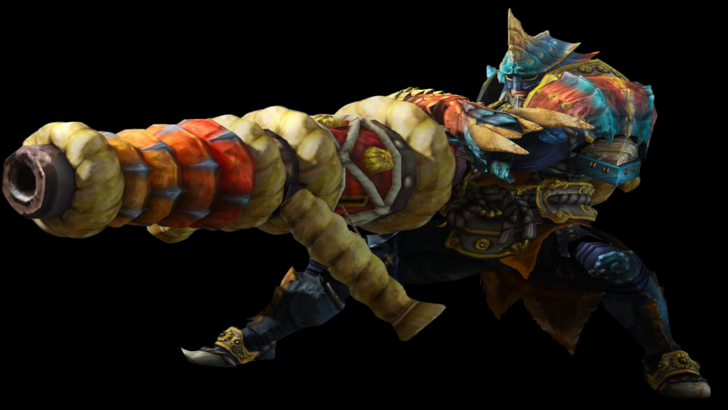 The premier ranged weapon of the first generation, boasting high damage and access to most special ammunition. Its size hinders mobility.
The premier ranged weapon of the first generation, boasting high damage and access to most special ammunition. Its size hinders mobility.
The Heavy Bowgun prioritizes firepower and ammunition variety over mobility. It's slow, allowing only walking while drawn, but can equip a shield.
Its design has remained consistent, serving as artillery or support. Low mobility can lead to downtime if targeted by monsters.
Monster Hunter 3 introduced Siege Mode for continuous firing. Monster Hunter World added Wyvernheart (minigun) and Wyvernsnipe (powerful single shot).
Ammunition management is crucial, requiring crafting stronger shells during hunts. Its core identity remains: powerful ammunition for significant damage.
Dual Blades
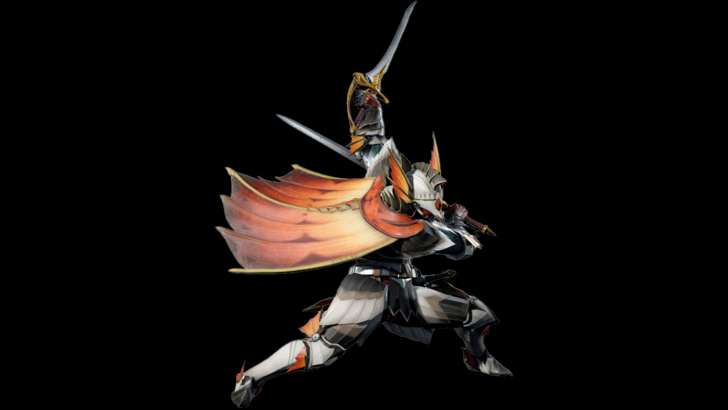 Known for their speed and flashy style, Dual Blades excel at inflicting status ailments and elemental damage due to their multi-hit attacks. Introduced in the Western release of the first game, they were absent from the initial Japanese version.
Known for their speed and flashy style, Dual Blades excel at inflicting status ailments and elemental damage due to their multi-hit attacks. Introduced in the Western release of the first game, they were absent from the initial Japanese version.
Speed and fluid combos are paramount. Demon Mode increases damage and access to more attacks, but drains stamina.
Monster Hunter Portable 3rd/3 Ultimate introduced the Demon Gauge, filling with attacks in Demon Mode, allowing access to Archdemon Mode for enhanced attacks and evasion without stamina drain.
Demon Dash, a unique movement tool, was enhanced with perfect dodges in Monster Hunter Generations Ultimate, granting damage buffs.
The core gameplay remains consistent, but Archdemon Mode significantly altered its use, encouraging sustained powered-up states.
Second Generation Weapons
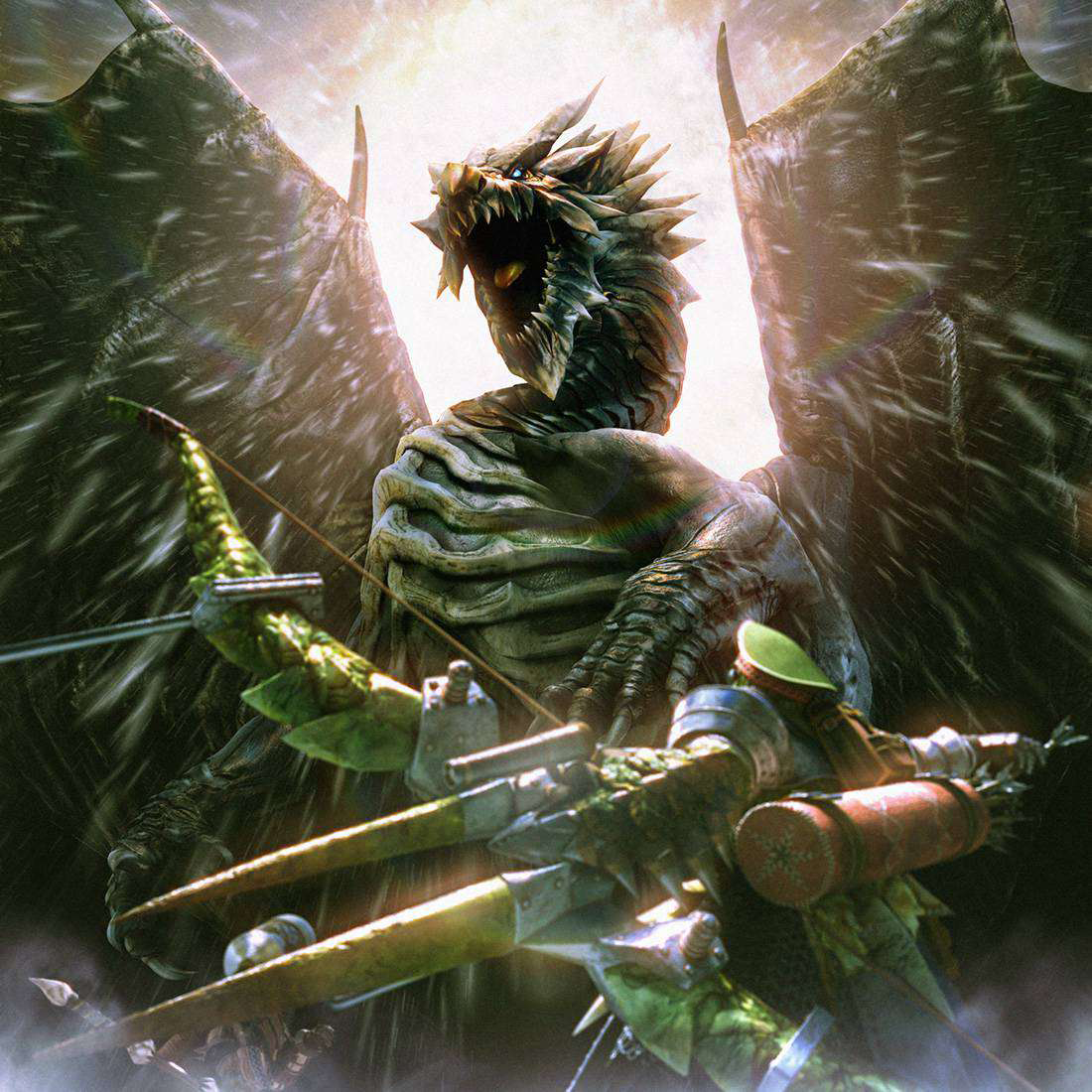 Introduced in the second generation, these weapons are akin to their first-generation counterparts, but with distinct movesets and mechanics.
Introduced in the second generation, these weapons are akin to their first-generation counterparts, but with distinct movesets and mechanics.
Long Sword
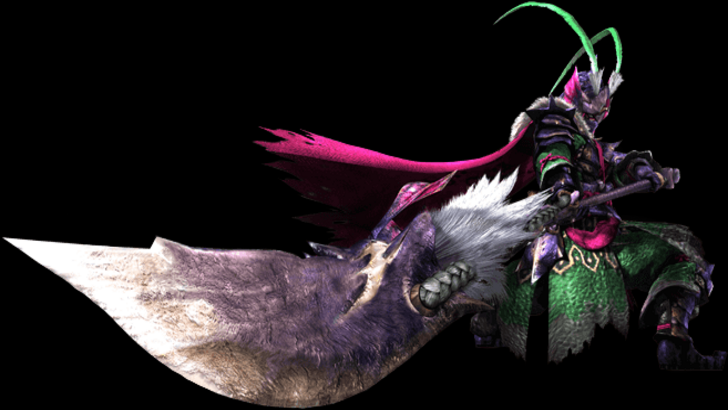 Renowned for fluid combos, high damage, and mechanics. Cosmetically similar to katanas among first-generation Great Swords, it gained its own moveset in Monster Hunter 2.
Renowned for fluid combos, high damage, and mechanics. Cosmetically similar to katanas among first-generation Great Swords, it gained its own moveset in Monster Hunter 2.
The Spirit Gauge fills with attacks, enabling the Spirit Combo, a powerful damage string.
Monster Hunter 3 added Spirit Roundslash, a finisher increasing the Spirit Gauge to three levels (white, yellow, red), each granting stronger attack buffs.
Monster Hunter World added Spirit Thrust Helm Breaker and Foresight Slash (a parry), enhancing combo flow. Iceborne introduced Iai Stance (Iai Slash and Iai Spirit Slash), offering faster Spirit Gauge filling and another parry.
The Long Sword's combo-oriented gameplay evolved into a counter-based style, seamlessly integrating parries and counters.
Hunting Horn
 A support weapon, the Hunting Horn uses Recital to play notes, creating various beneficial effects (attack/defense buffs, healing). It deals impact damage, targeting the head for stuns.
A support weapon, the Hunting Horn uses Recital to play notes, creating various beneficial effects (attack/defense buffs, healing). It deals impact damage, targeting the head for stuns.
Changes focused on Recital's efficiency. Monster Hunter 3 Ultimate allowed note playing during attacks. Monster Hunter World enabled song queuing, streamlining buff activation. Iceborne introduced Echo Notes, area-based buffs triggered by Recitals.
Monster Hunter Rise overhauled the weapon, simplifying song playing and buff application, making it more accessible but less complex.
Gunlance
 A hybrid of Lance and Bowgun, the Gunlance uses a shield and lance, firing explosive rounds with unlimited ammunition (regained on reload). Attacks are slashing, unlike the Lance's piercing attacks.
A hybrid of Lance and Bowgun, the Gunlance uses a shield and lance, firing explosive rounds with unlimited ammunition (regained on reload). Attacks are slashing, unlike the Lance's piercing attacks.
Wyvern's Fire is a charged explosive attack. Different shelling types affect attacks.
Monster Hunter 3 added quick reload for infinite combos and Full Burst. Monster Hunter X introduced the Heat Gauge, increasing damage with shelling but risking overheating. Monster Hunter World added Wyrmstake Shot.
The Gunlance's unique reloading mechanics and balance between shelling and physical attacks remain central to its design.
Bow
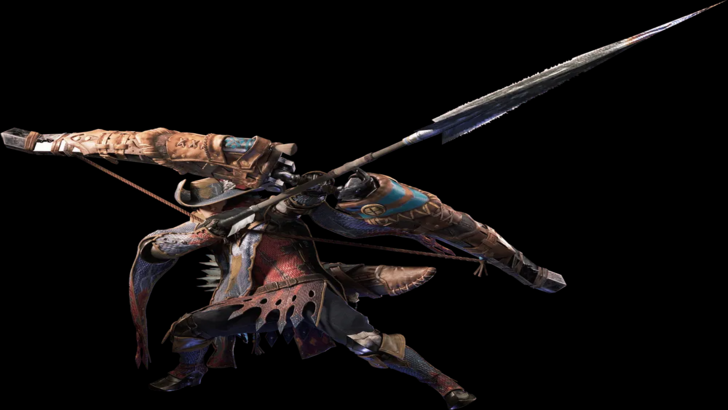 The most agile ranged weapon, the Bow excels in close-to-mid-range combat, utilizing mobility and combos. It uses coatings to enhance damage or inflict effects.
The most agile ranged weapon, the Bow excels in close-to-mid-range combat, utilizing mobility and combos. It uses coatings to enhance damage or inflict effects.
Hit-and-run tactics are key, maximizing arrow placement on weak points and utilizing multi-hit attacks for elemental damage.
Shot Types, present in earlier games, were simplified in Monster Hunter World, integrating them into the base moveset. Close-Range Coating became universal and infinite. Monster Hunter Rise reintroduced Shot Types tied to charge levels.
The Bow's aggressive, combo-heavy style distinguishes it from Bowguns' point-and-shoot gameplay.
Third and Fourth Generation Weapons
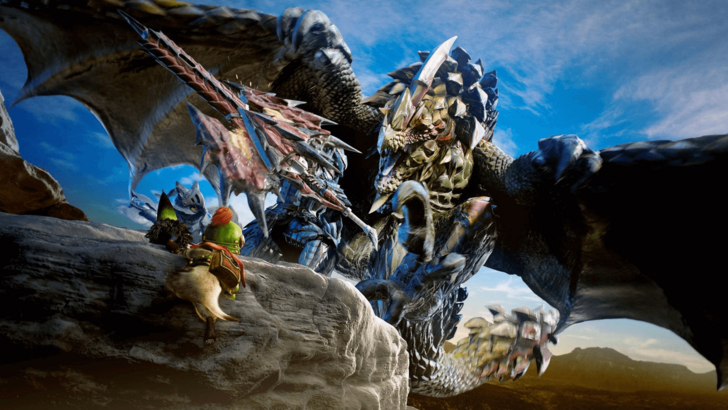 Introduced in Monster Hunter 3 and 4, these weapons, aside from the Insect Glaive, are morphable, transforming during combos.
Introduced in Monster Hunter 3 and 4, these weapons, aside from the Insect Glaive, are morphable, transforming during combos.
Switch Axe
 The Switch Axe (Monster Hunter 3) has Axe and Sword modes. Axe Mode offers range and mobility, with infinite combos; Sword Mode focuses on damage, phials, and Elemental Discharge.
The Switch Axe (Monster Hunter 3) has Axe and Sword modes. Axe Mode offers range and mobility, with infinite combos; Sword Mode focuses on damage, phials, and Elemental Discharge.
The balance between modes is crucial. Monster Hunter World introduced Amped state, empowering Sword Mode. Monster Hunter Rise extended Amped to both modes.
The Switch Axe's form-swapping gameplay and explosive combat style remain unique.
Insect Glaive
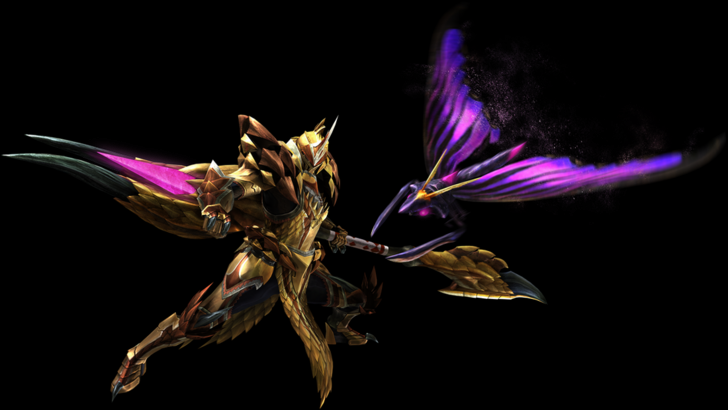 The Insect Glaive (Monster Hunter 4) focuses on aerial combat, using a Kinsect to collect essences for buffs. It excels at mounting monsters.
The Insect Glaive (Monster Hunter 4) focuses on aerial combat, using a Kinsect to collect essences for buffs. It excels at mounting monsters.
Collecting red, white, and orange essences provides attack, mobility, and defense buffs. Monster Hunter World: Iceborne added Descending Thrust. Monster Hunter Rise simplified Kinsect upgrades and types.
The Insect Glaive's core gameplay revolves around efficient essence collection.
Charge Blade
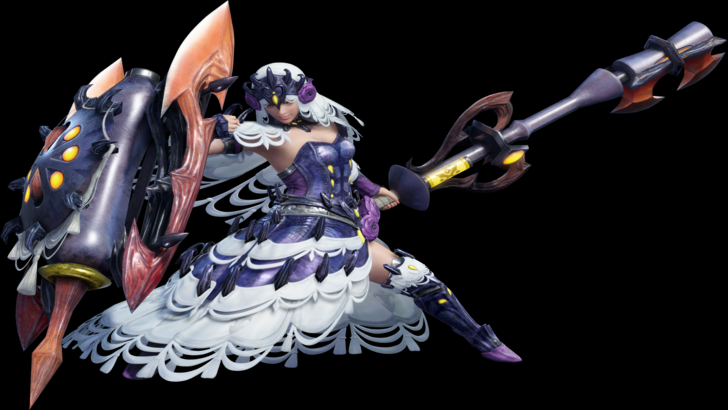 Another transforming weapon (Monster Hunter 4), the Charge Blade uses Sword Mode to charge phials and Axe Mode to unleash Amped Elemental Discharge. It's known for its versatility and challenging mechanics.
Another transforming weapon (Monster Hunter 4), the Charge Blade uses Sword Mode to charge phials and Axe Mode to unleash Amped Elemental Discharge. It's known for its versatility and challenging mechanics.
Mastering Guard Points is crucial for charging phials while defending. Understanding attack transitions and monster behavior is essential for maximizing Guard Points.
The Charge Blade's balanced offense and complex mechanics make it a rewarding but difficult weapon to master.
Future Weapons?
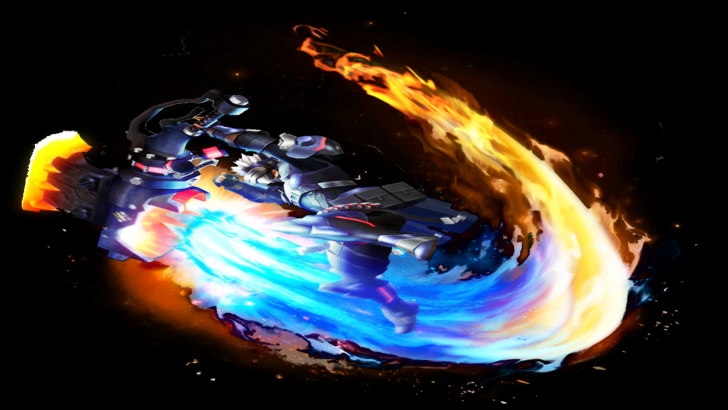 While Monster Hunter Wilds features fourteen weapons, more exist, unreleased in the West. Future games may introduce new weapons or revive older ones, adding to the game's already engaging gameplay.
While Monster Hunter Wilds features fourteen weapons, more exist, unreleased in the West. Future games may introduce new weapons or revive older ones, adding to the game's already engaging gameplay.
You may also like...
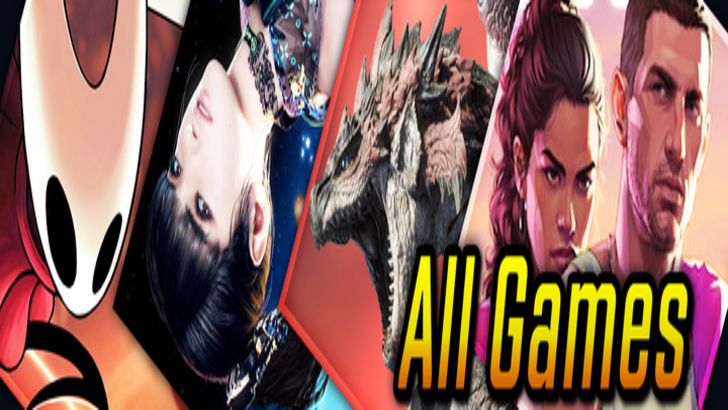
 Home
Home  Navigation
Navigation






 Latest Articles
Latest Articles
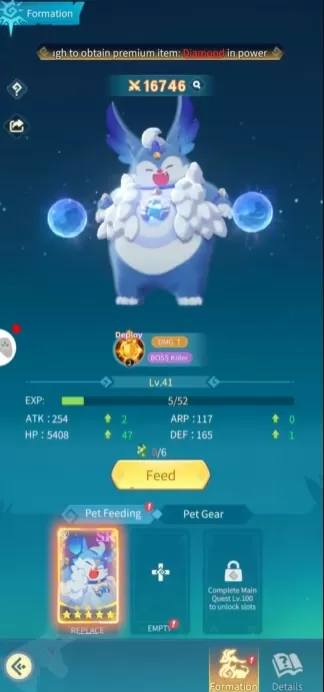
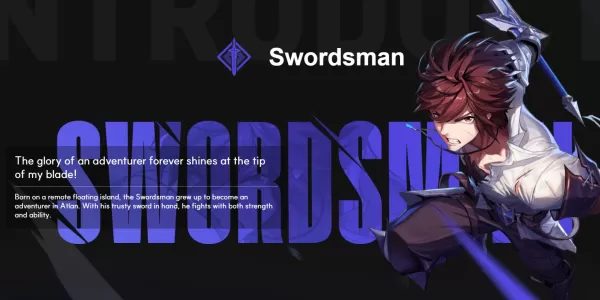
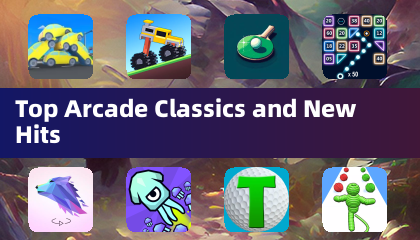







 Latest Games
Latest Games









